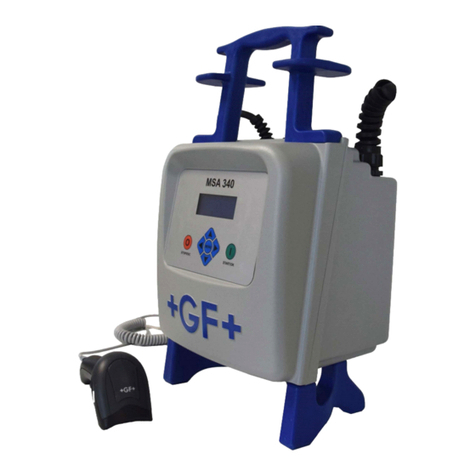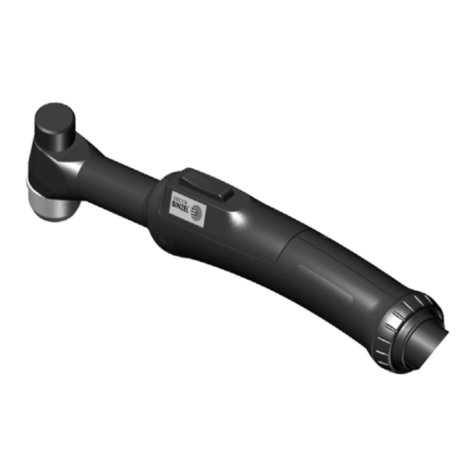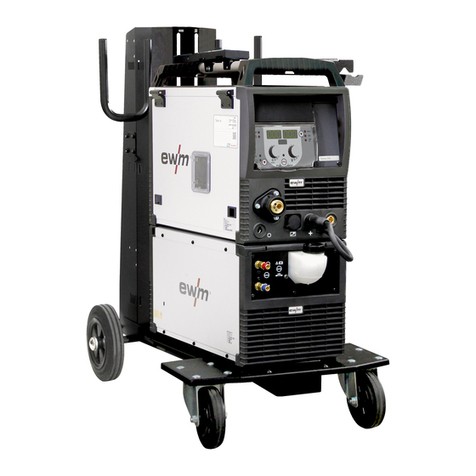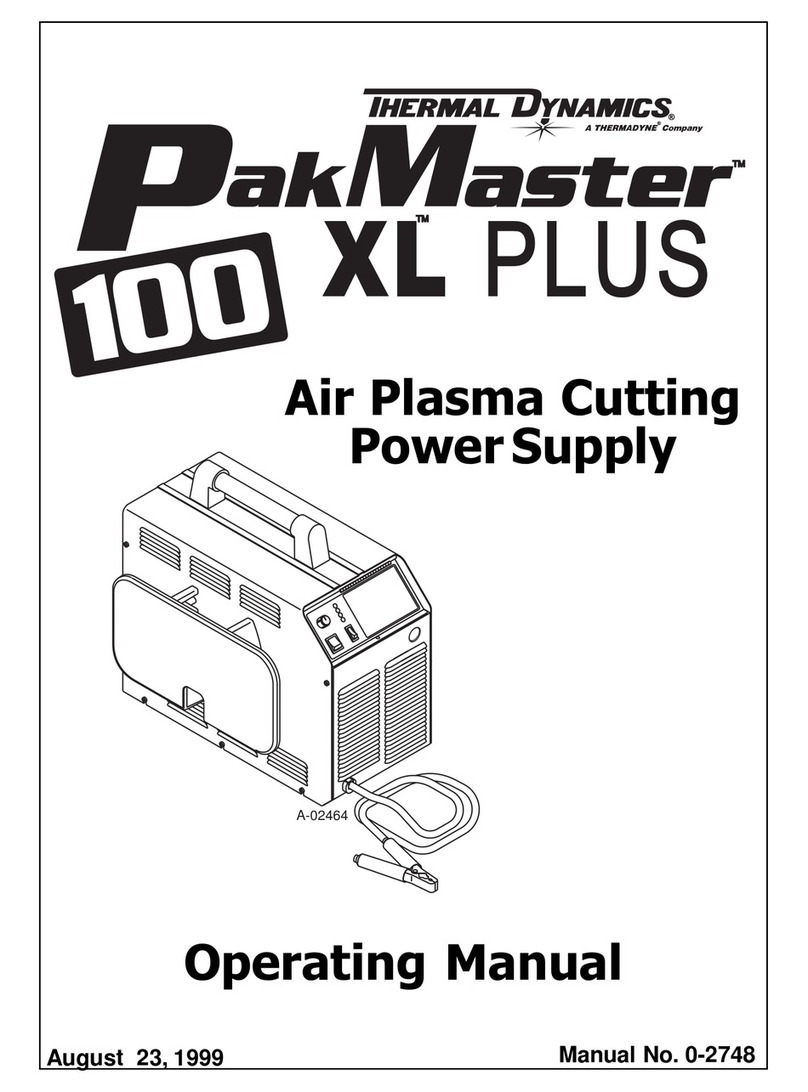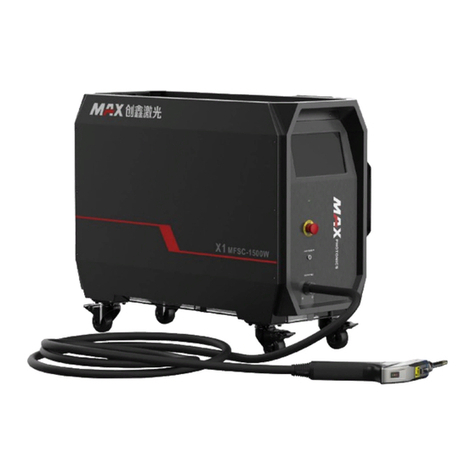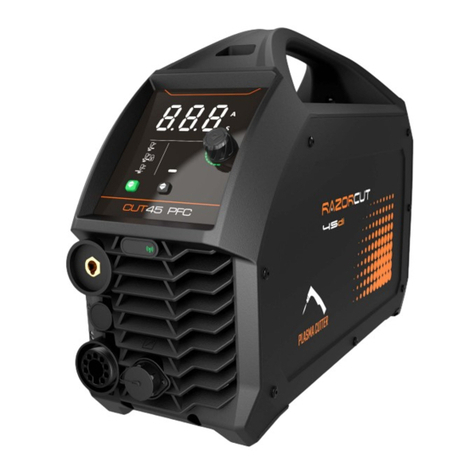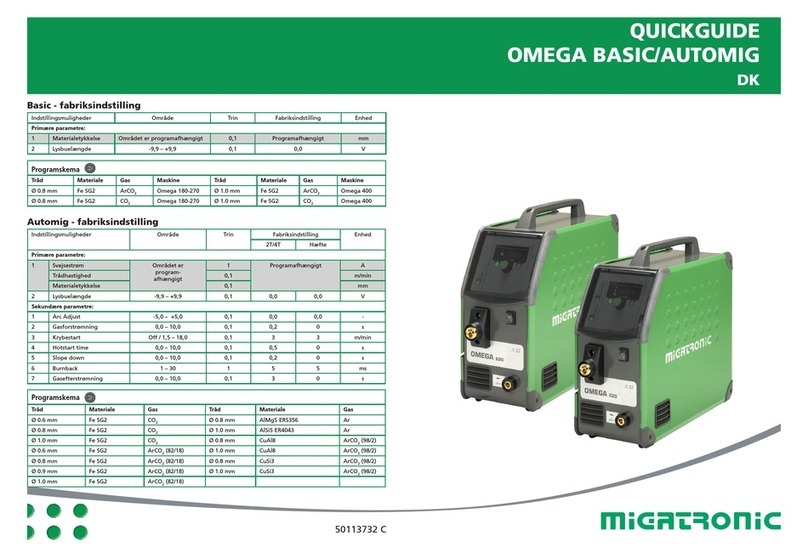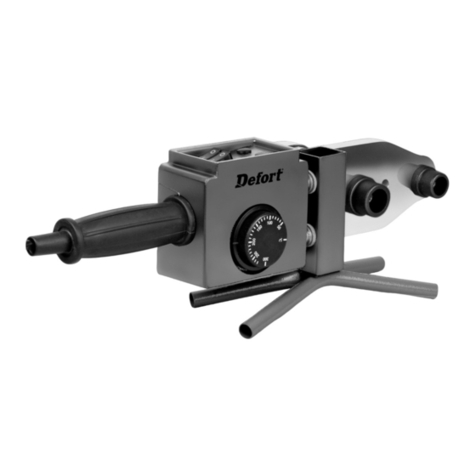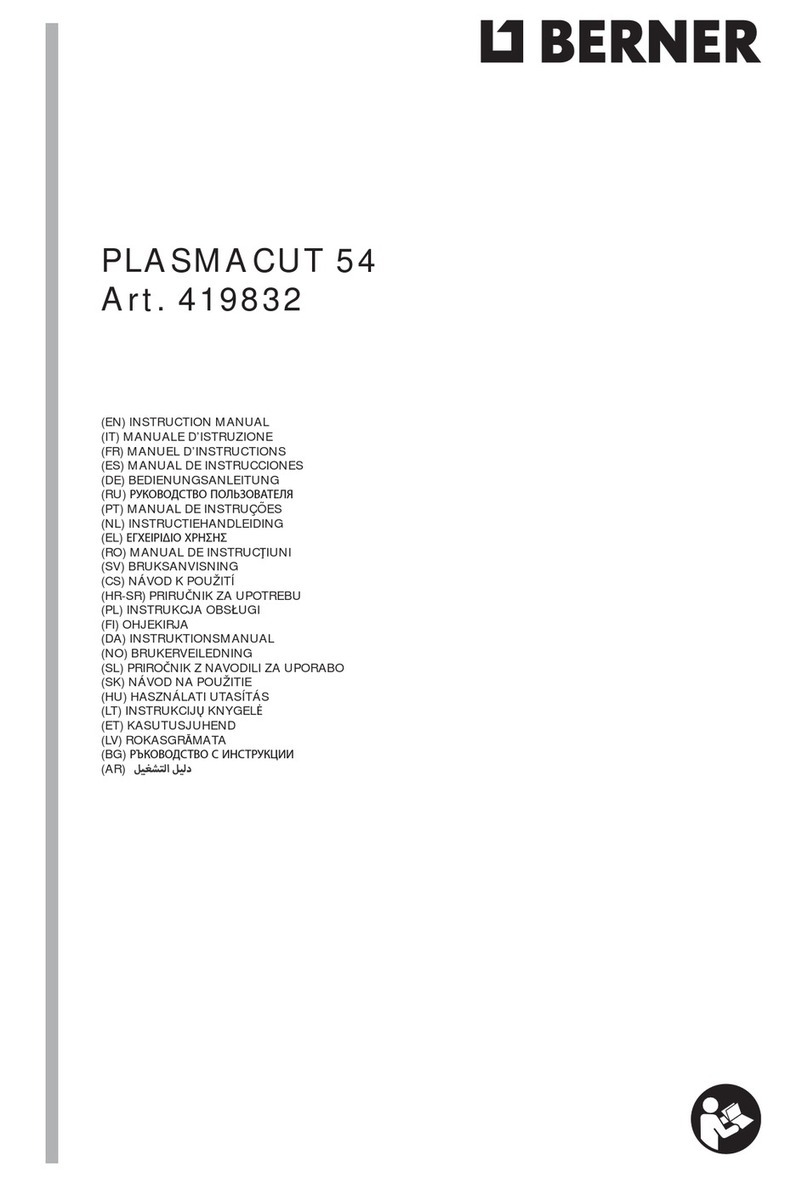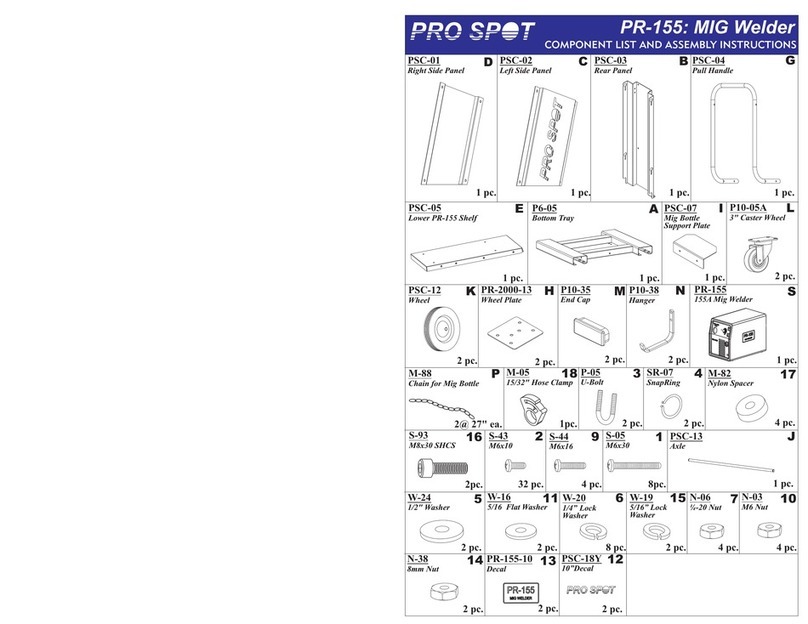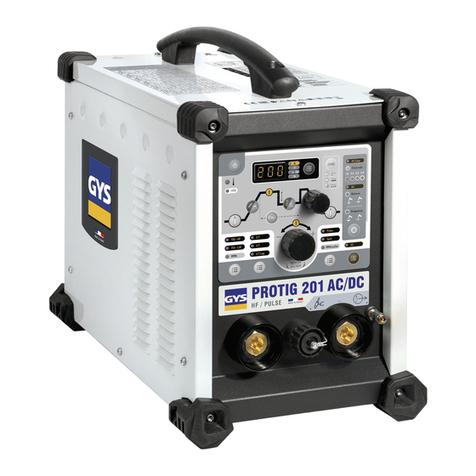
Laser Solutions: MaxPhotonics delivers turnkey laser solutions and customized
systems for a myriad of industries like automotive, aerospace, electronics, and
semiconductors. These solutions enable customers to achieve improved efficiency,
productivity, and cost-effectiveness.
Engineering Services: With a highly skilled and knowledgeable team of engineers,
MaxPhotonics offers technical consulting, system integration, and customer training
services, ensuring that customers receive the best value and optimal performance
from their laser systems.
Quality and Certifications:
MaxPhotonics is dedicated to providing world-class quality products and services to
its customers. The company adheres to stringent quality control procedures and has
achieved significant certifications such as ISO 9001, CE, and RoHS, demonstrating
its commitment to international quality standards.
Research and Development (R&D):
MaxPhotonics continually invests in R&D, driving technological advancements and
product innovation. The company's in-house R&D team collaborates with leading
research institutions and universities, exploring new technologies and materials to
create breakthroughs in the field of photonics.
Customers and Partners:
MaxPhotonics serves an extensive global customer base, ranging from small
businesses to Fortune 500 companies, across various industries such as automotive,
aerospace, electronic, telecommunications, and semiconductor industries. The
company has established strategic partnerships with numerous industry-leading
businesses and organizations, leveraging their combined expertise to innovate and
provide premium solutions for its customers.
Core Values and Vision:
MaxPhotonics's core values revolve around innovation, customer-focus, and
excellence. The company is dedicated to pushing the boundaries of photonic
technology and delivering cutting-edge, reliable, and customized solutions that
exceed customer expectations.

